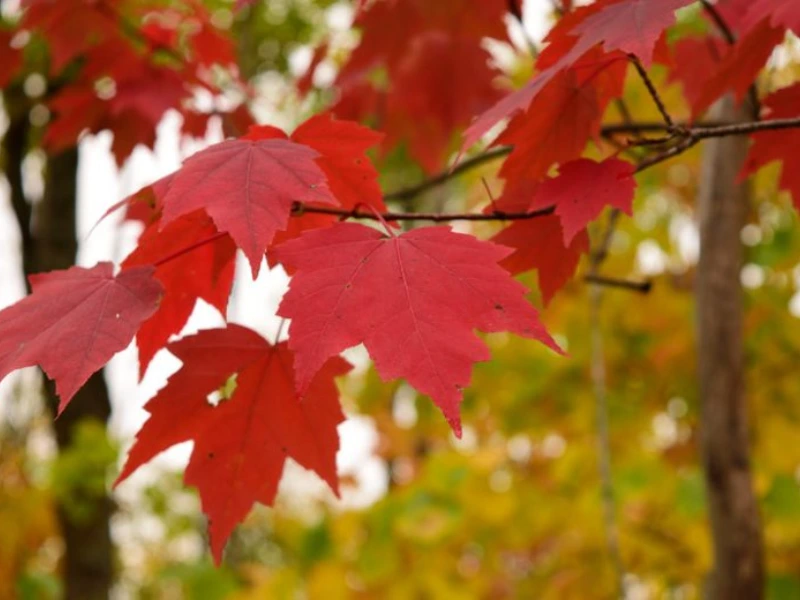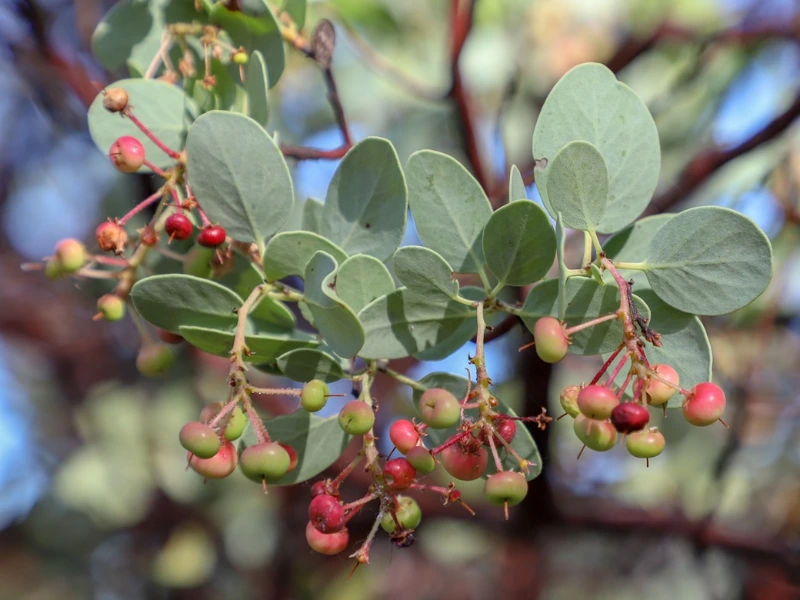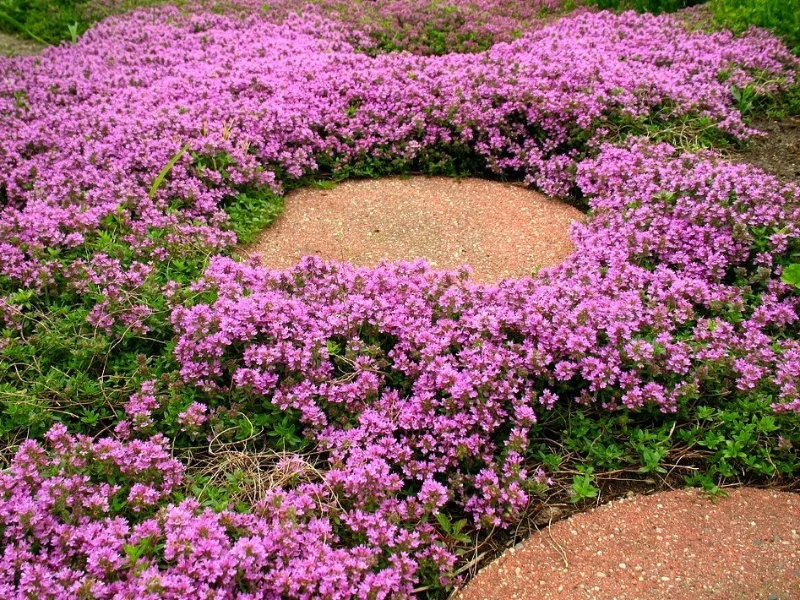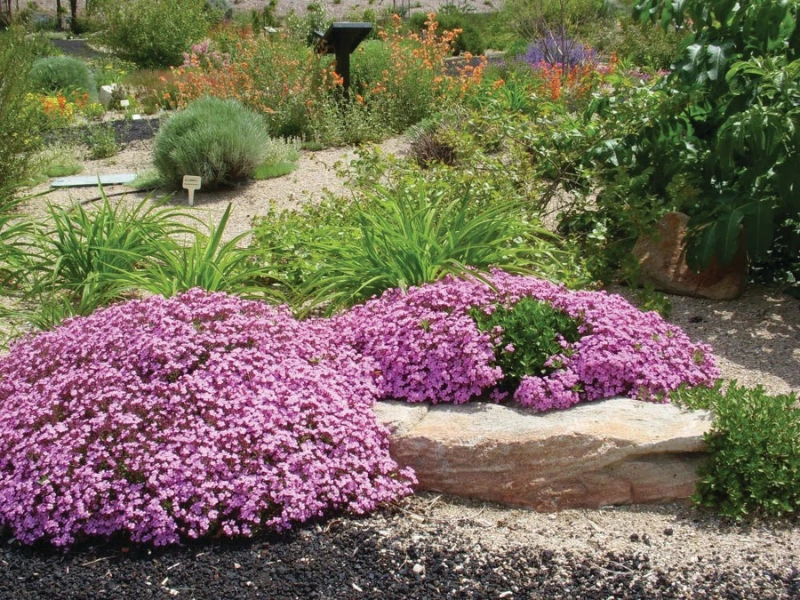Blog
Fire-Resistant Plants for Your Garden: Smart and Sustainable Choices
Why Fire-Resistant Plants Are a Must-Have in Your Garden
If you’re living in a wildfire-prone area or simply want to create a garden that’s both beautiful and practical, you’ve probably wondered: What plants can truly withstand the heat of a fire? How can you design a landscape that reduces fire risk while maintaining its charm and natural beauty?
The good news is that fire-resistant plants are the answer. Whether you’re a homeowner in California, the Western U.S., or any region where wildfires are a concern, fire-resistant plants can play a critical role in your garden’s safety and resilience. These plants don’t just look good—they help protect your home by acting as a natural barrier against the spread of fire.
In this guide, we’ll explore the best fire-resistant plants for your garden, show you how to incorporate them into your landscape, and discuss sustainable gardening practices that help protect the environment. By the end, you’ll have all the information you need to start building your own fire-safe garden.
Read more: Top 5 Fire-Resistant Plants You Should Plant in California
Top Fire-Resistant Plants for Your Garden
Now, let’s dive into the fire-resistant plants you should consider for your garden. These plants are not only beautiful but also provide crucial protection against wildfires.
Fire-Resistant Trees
Trees can be one of the best defenses against wildfires, especially if you select varieties that are naturally resistant to fire. These trees are hardy, low-maintenance, and can thrive in drought-prone areas, making them perfect for a fire-safe garden.
-
Red Maple: Known for its vibrant red leaves in the fall, the Red Maple is fire-resistant and provides shade, reducing the heat on your property during hot summer months.

-
Olive Trees: Olive trees are drought-tolerant and have waxy, leathery leaves that make them highly resistant to fire. They also add an elegant, Mediterranean touch to your garden.
Fire-Resistant Shrubs
Shrubs can add structure and texture to your landscape, and certain varieties are fantastic at withstanding high heat and flames.
-
Manzanita: A native shrub that is perfect for fire-prone areas. Its thick, leathery leaves make it fire-resistant, and it has beautiful red bark that adds color to your garden.

-
Sagebrush: This shrub is not only drought-tolerant but also extremely fire-resistant. Its gray-green foliage and delicate flowers make it an excellent addition to a fire-safe garden.
Fire-Resistant Ground Covers
Ground covers are an excellent way to prevent soil erosion and provide a layer of protection against fires. These low-growing plants are resilient and require minimal maintenance.
-
Creeping Thyme: This herb not only smells wonderful but also creates a dense, fire-resistant carpet that helps keep weeds at bay.

-
Ice Plant: A hardy ground cover that can withstand high temperatures, the Ice Plant is perfect for creating a low-maintenance, fire-safe landscape.
How to Incorporate Fire-Resistant Plants in Your Garden
Planting fire-resistant plants is one thing, but designing a landscape that maximizes their effectiveness is another. Here are some key tips to ensure your garden is as fire-resistant as possible.
Planting Design Tips
The layout of your garden plays a significant role in fire prevention. Consider grouping fire-resistant plants together to form a natural firebreak. This creates a barrier that helps slow the spread of fire and protects the more vulnerable areas of your property.
Layering for Fire Safety
It’s important to mix different types of plants to create layers. For example, planting fire-resistant trees alongside shrubs and ground covers will ensure that no area is left exposed. The layering of various plant types will also help manage soil moisture, which can reduce the risk of fires in hot, dry seasons.
Combining Fire-Resistant Plants with Other Landscape Features
In addition to fire-resistant plants, incorporate non-flammable elements such as gravel, stone, or fireproof mulch around your plants. These elements can help to further protect your garden from the spread of flames.
Maintenance Tips for Fire-Resistant Plants
While fire-resistant plants are designed to withstand flames, regular maintenance is still essential for their effectiveness. Here’s what you need to keep in mind.
How to Maintain Your Fire-Resistant Plants
-
Watering: Regular watering is crucial, especially during dry spells. Many fire-resistant plants, like Olive Trees and Manzanita, thrive with minimal water, but they still need some moisture to stay healthy.
-
Pruning: Keep your plants trimmed and free of dead material. Dry, dead branches are highly flammable and can increase the risk of fire spreading.
-
Mulching: Use organic mulch around your fire-resistant plants to retain moisture and reduce weed growth. Be sure to keep mulch a few inches away from plant stems to prevent any accidental ignition.
Read more: 5 Trending Houseplants for 2025: Must-Have for Every Home
Benefits of Sustainable Gardening with Fire-Resistant Plants

By incorporating fire-resistant plants into your garden, you’re not only enhancing the safety of your home, but you’re also contributing to a more sustainable environment.
Long-Term Savings on Water and Maintenance
Fire-resistant plants are often drought-tolerant, which means you’ll save on water costs. Additionally, many of these plants require minimal upkeep, which reduces the amount of time and effort needed to maintain your garden.
Contribution to Reducing Wildfire Risks
The more fire-resistant plants you include in your landscape, the greater the barrier you create against wildfires. Fire-safe gardens help reduce the chances of flames spreading to your property, offering protection during the most dangerous wildfire seasons.
Enhancing Biodiversity with Native Species
Many fire-resistant plants, such as Manzanita and Sagebrush, are native to the U.S. These plants are an excellent way to support local ecosystems by providing food and shelter for wildlife, contributing to overall biodiversity in your area.
Conclusion
Fire-resistant plants are an essential tool in reducing the risk of wildfires while making your garden more sustainable and low-maintenance. By choosing the right plants and designing your landscape thoughtfully, you can create a fire-safe garden that offers beauty, protection, and peace of mind.
Start by incorporating fire-resistant trees, shrubs, and ground covers into your garden. With a little care and planning, you’ll have a resilient, eco-friendly landscape that will stand strong against the threat of wildfires.
If you’re ready to make the leap, check out more resources on sustainable gardening and fire prevention tips for your home. Create a fire-safe garden today and protect what matters most.
Frequently Asked Questions (FAQ)
Q1: What makes a plant fire-resistant?
Fire-resistant plants have characteristics such as waxy or leathery leaves, low oil content, and moisture-retentive properties, making them less likely to catch fire.
Q2: Are fire-resistant plants completely fireproof?
No, while fire-resistant plants are less likely to ignite, they are not completely fireproof. Their effectiveness increases when properly maintained and combined with other fire-preventive strategies.
Q3: Can I plant fire-resistant plants in all climates?
Many fire-resistant plants are drought-tolerant and thrive in arid climates. However, it’s important to choose varieties that are suited to your specific climate for optimal growth.
Q4: How do fire-resistant plants help prevent wildfires?
These plants act as natural barriers, reducing the spread of fire by creating moisture-rich areas and serving as a buffer zone between your home and potential wildfire zones.

7 Vegetables to Plant in December for a Bountiful Winter Harvest
Winter gardening is a challenge many new gardeners shy away from. But if you’re among [...]
Dec
9 Common Christmas Cactus Problems and How to Fix Them
Have you ever walked past your Christmas cactus and wondered why it suddenly looks sad? [...]
Nov
Swedish Ivy Care: How to Grow a Healthy, Thriving Plant
Have you ever looked at your Swedish Ivy and wondered why the leaves are turning [...]
Nov
Avoid These 10 Garlic Planting Mistakes for Bigger, Healthier Bulbs
Growing garlic at home is one of the most satisfying things a gardener can do [...]
Nov
How to Prevent Christmas Cactus Bud Drop: Tips for a Healthy Bloom
Have you ever noticed your beautiful Christmas cactus (Schlumbergera) starting to lose its buds just [...]
Nov
Discover 7 Stunning Types of Night-Blooming Cereus
Have you ever waited for a flower that only opens at night and then disappears [...]
Nov